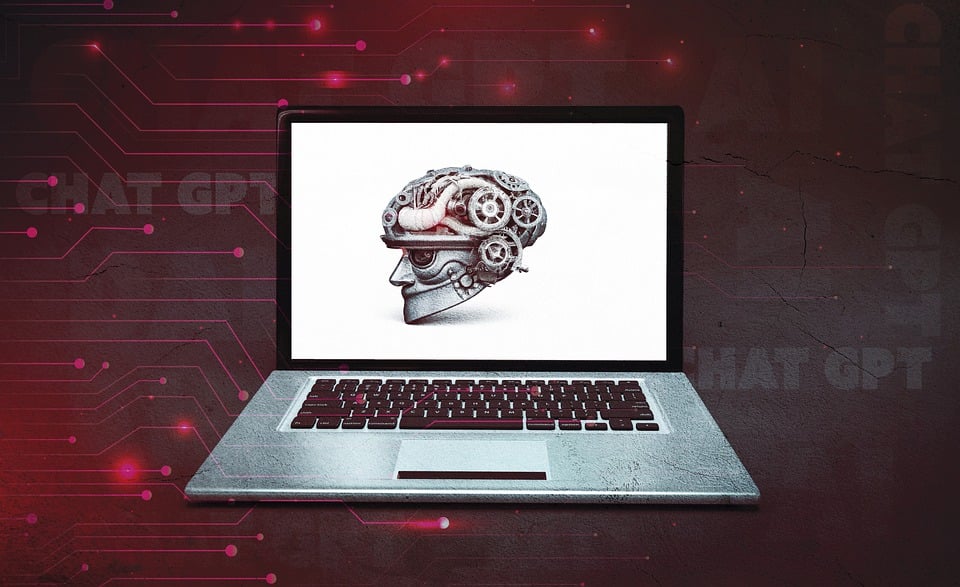Neuralink Reveals Details of Brain-Computer Interface AI Device
Elon Musk’s ambitious neural implant company, Neuralink, has taken a significant step forward in revolutionizing the way humans interact with technology. The company, which is focused on developing a brain-machine interface (BMI) technology, has finally revealed the details of its Artificial Intelligence (AI) device, which has the potential to change the world.
What is Neuralink?
Founded in 2016, Neuralink is a neurotechnology company that aims to enhance human cognition and potentially treat a variety of brain-related disorders. The company’s mission is to develop a high-bandwidth brain-machine interface (BMI) that can read and write neural signals with unprecedented speed and accuracy. The ultimate goal is to enable humans to control devices with their thoughts, essentially merging humans with AI.
**The AI Device: Neurolink’s "N1"
The AI device, dubbed "N1," is a small, implantable chip that is designed to be implanted in the human brain. The N1 chip is equipped with thousands of electrodes that can read and write neural signals, allowing humans to control devices and communicate with others through their thoughts.
How Does it Work?
The N1 chip is connected to a tiny computer that is implanted in the user’s brain. The computer receives and processes neural signals, such as brain waves, and translates them into digital data. This data can then be sent to a device, such as a smartphone or a computer, where it can be used to control a variety of functions, including applications, games, and even vehicles.
Implications of N1
The potential implications of the N1 device are vast and varied. For people with paralysis, spinal cord injuries, or other neurological disorders, the N1 chip could potentially restore mobility and communication capabilities. For healthy individuals, the N1 chip could enable new forms of entertainment, such as gaming and virtual reality, and even new ways of interacting with technology, such as controlling drones and robots.
Future Plans
Neuralink plans to begin human clinical trials in the near future, with the goal of treating epilepsy, Alzheimer’s disease, and other brain-related disorders. The company also hopes to develop a "brain- computer interface" that would allow people to control devices with their thoughts, potentially revolutionizing the way we interact with technology.
Conclusion
The reveal of Neuralink’s AI device, the N1, marks a significant milestone in the development of brain-computer interface technology. As the company continues to push the boundaries of what is possible, the implications are likely to be profound and far-reaching. While there are still many challenges to overcome, the potential benefits of the N1 chip could be life-changing for those who are affected by neurological disorders, and could potentially revolutionize the way we live and work.
Sources:
- "Neuralink’s Mission" (Neuralink website)
- "Neuralink Reveals AI Device for Brain-Machine Interface" (TechCrunch)
- "Elon Musk’s Neuralink Aims to Treat Brain Disorders with AI" (The Verge)
Note: The information provided in this article is based on publicly available data and should not be considered as an official statement from Neuralink or its representatives.

